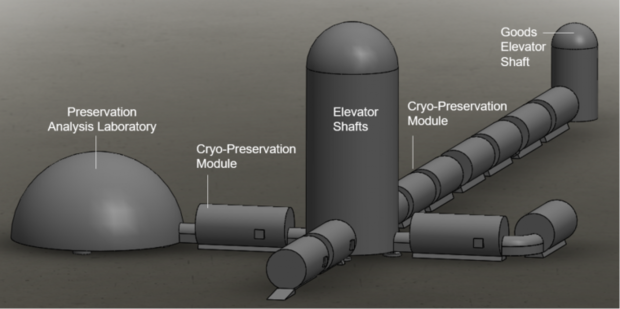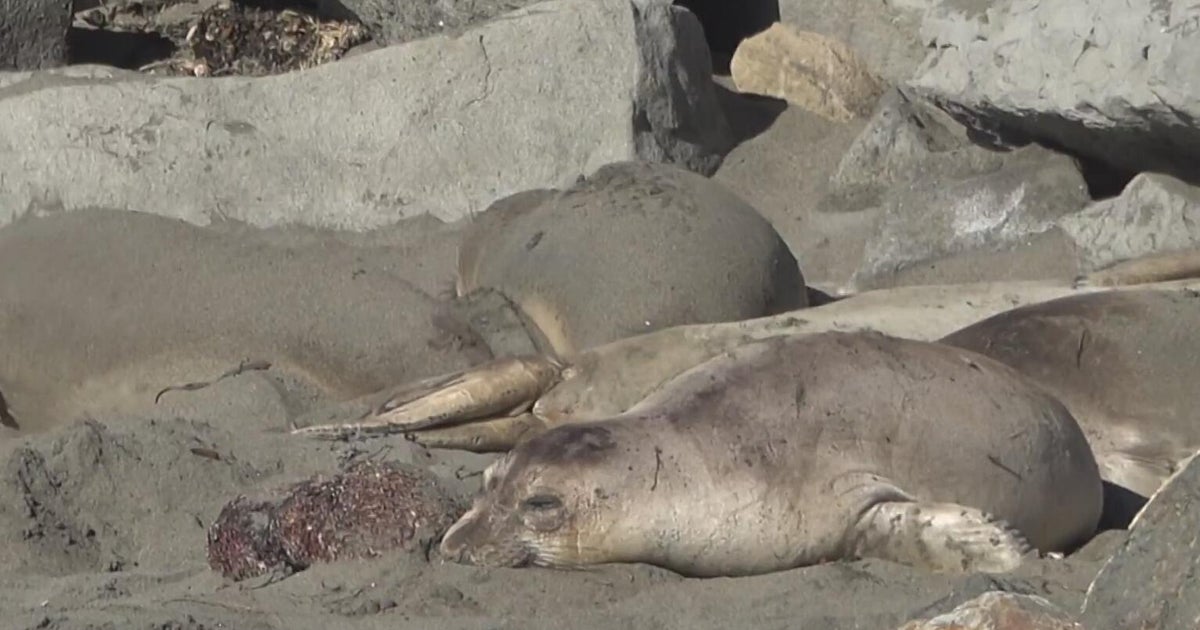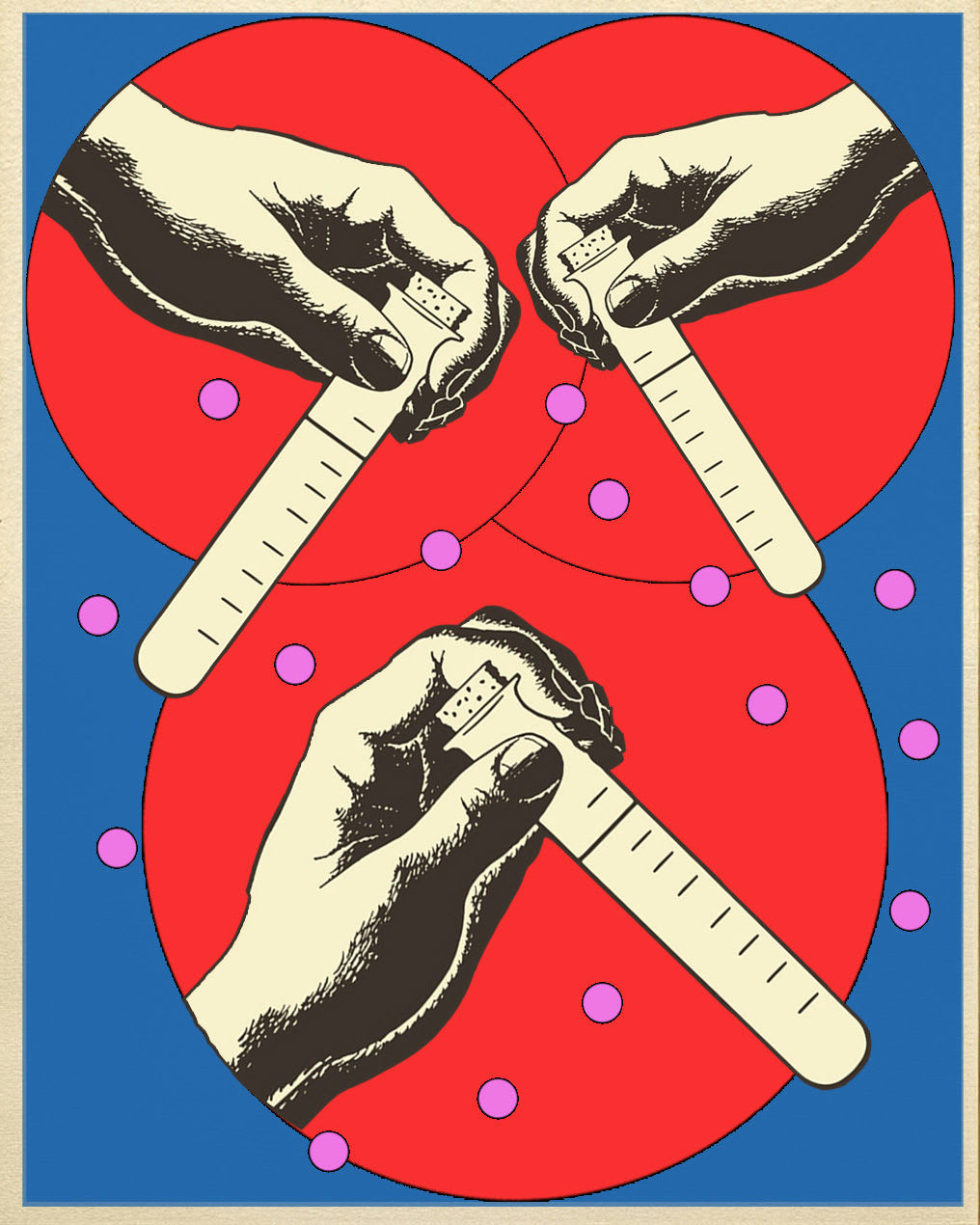Scientists want to send 335 million seed, sperm and egg samples to the moon to create a lunar Noah's Ark
Scientists are pulling inspiration from Noah's Ark in a new lunar proposal that they call a "global insurance policy." They hope to send an ark to the moon, filled with 335 million sperm and egg samples, in case a catastrophe happens on Earth.
Instead of two of every animal, the solar-powered moon ark would cryogenically store frozen seed, spore, sperm and egg samples from some 6.7 million Earth species. University of Arizona researcher Jekan Thanga and a group of his students proposed the concept in a paper presented during the IEEE Aerospace Conference this week.
"Earth is naturally a volatile environment," Thanga, a professor of aerospace and mechanical engineering in the UArizona College of Engineering, said in a press release. "As humans, we had a close call about 75,000 years ago with the Toba supervolcanic eruption, which caused a 1,000-year cooling period and, according to some, aligns with an estimated drop in human diversity. Because human civilization has such a large footprint, if it were to collapse, that could have a negative cascading effect on the rest of the planet."
Thanga highlighted climate change as the main concern, especially as it contributes to rising sea levels. A deadly global pandemic and large-scale nuclear war are two other major possibilities that Doomsday Clock researchers cite for catastrophic disasters.
The Svalbard Seedbank in Norway, also known as the "doomsday vault," currently holds hundreds of thousands of seed samples to ensure continued biodiversity on earth. But Thanga's team believes storing such precious samples on our own planet is far too risky.
Luckily, the moon, located just 238,855 miles away, has none of these issues.
Using lava tubes to shelter samples
Establishing the ark would involve sending the 6.7 million samples to the moon in multiple payloads, then storing them in a vault beneath the surface, where they would be safe.
The idea is to store the ark within a network of lava tubes — about 200 of which were discovered beneath the moon's surface in 2013. They formed billions of years ago, when underground lava streams formed massive caverns, more than 300 feet in diameter.
These tubes have remained untouched for three to four billion years, and scientists suggest they could provide much-needed protection from solar radiation, meteors or temperature changes on the surface.
While the moon is not hospitable to humans, its harsh features "make it a great place to store samples that need to stay very cold and undisturbed for hundreds of years at a time," they said.
Building a "modern" Noah's Ark
Based on some "quick, back-of-the-envelope calculations," Thanga said that transporting about 50 samples from each of 6.7 million species — totaling 335 million samples — would take about 250 rocket launches. That's over six times more than it took to build the International Space Station, which required 40 rocket launches.
"It's not crazy big," Thanga said. "We were a little bit surprised about that."
The team's proposal for the ark includes solar panels on the moon's surface for electricity, elevator shafts down into the facility and Petri dishes housed in cryogenic preservation modules.
The seeds must be cooled to minus 292 degrees Fahrenheit, and the stem cells to minus 320 degrees Fahrenheit. For reference, the Pfizer COVID-19 vaccine is stored at minus 94 degrees Fahrenheit.
Temperatures that cold would likely freeze metal, so the team has introduced a type of floating shelf made of a cryo-cooled superconductor material and powered by quantum levitation using a powerful magnet.
"It's like they're locked in place by strings, but invisible strings," Thanga said. "When you get to cryogenic temperatures, strange things happen. Some of it just looks like magic but is based on tried and laboratory-tested physics principles at the edge of our understanding."
They also suggest robots navigate the facility on magnetic tracks. Obviously, a lot of research is still needed, including the effects of a lack of gravity on the seeds and a plan for communication with Earth.
"What amazes me about projects like this is that they make me feel like we are getting closer to becoming a space civilization, and to a not-very-distant future where humankind will have bases on the moon and Mars," said Álvaro Díaz-Flores Caminero, a University of Arizona doctoral student leading the thermal analysis for the project. "Multidisciplinary projects are hard due to their complexity, but I think the same complexity is what makes them beautiful."






